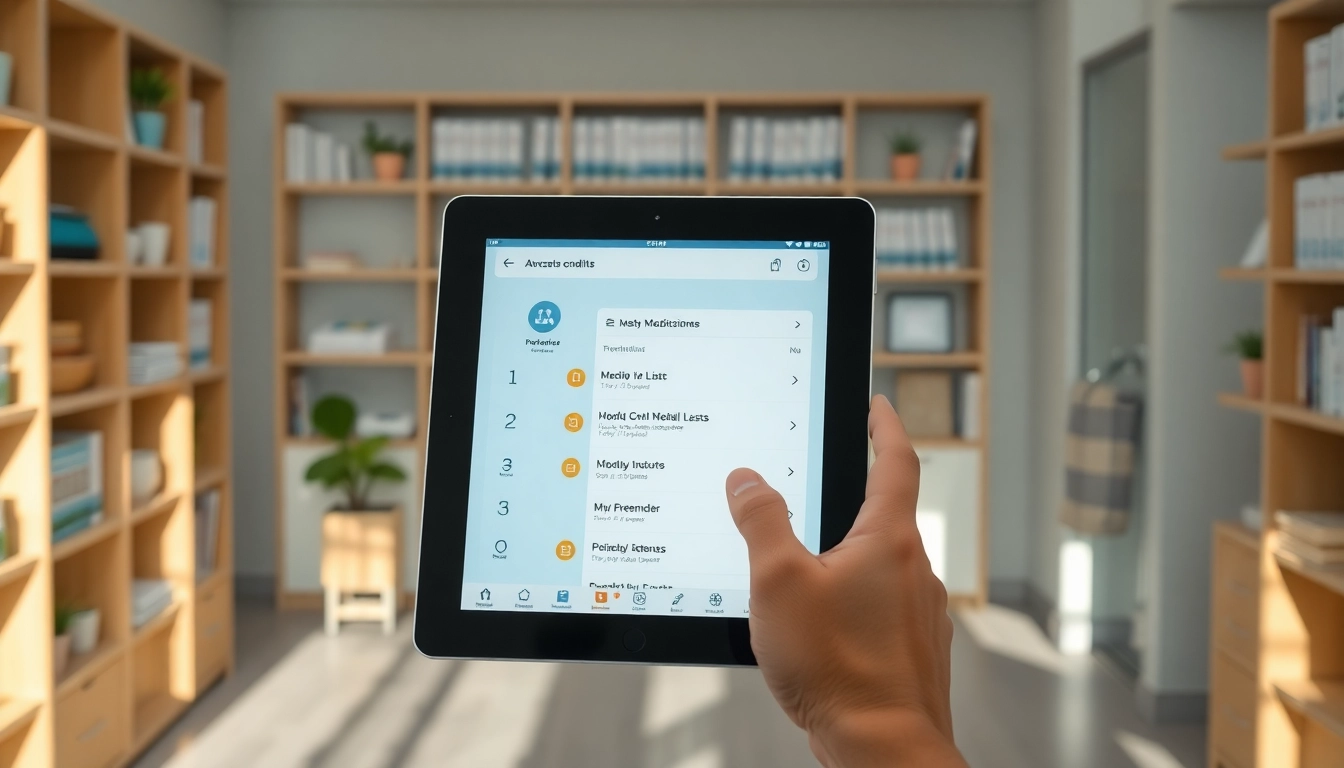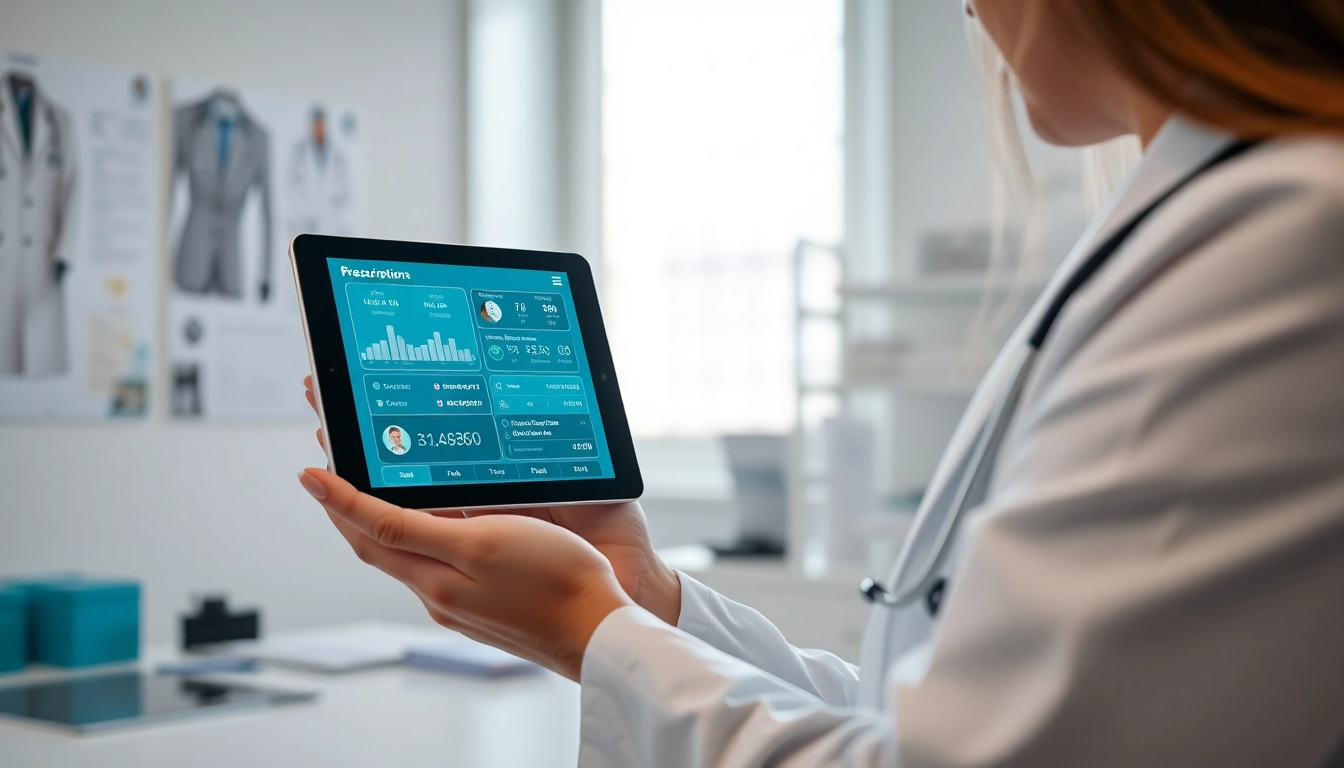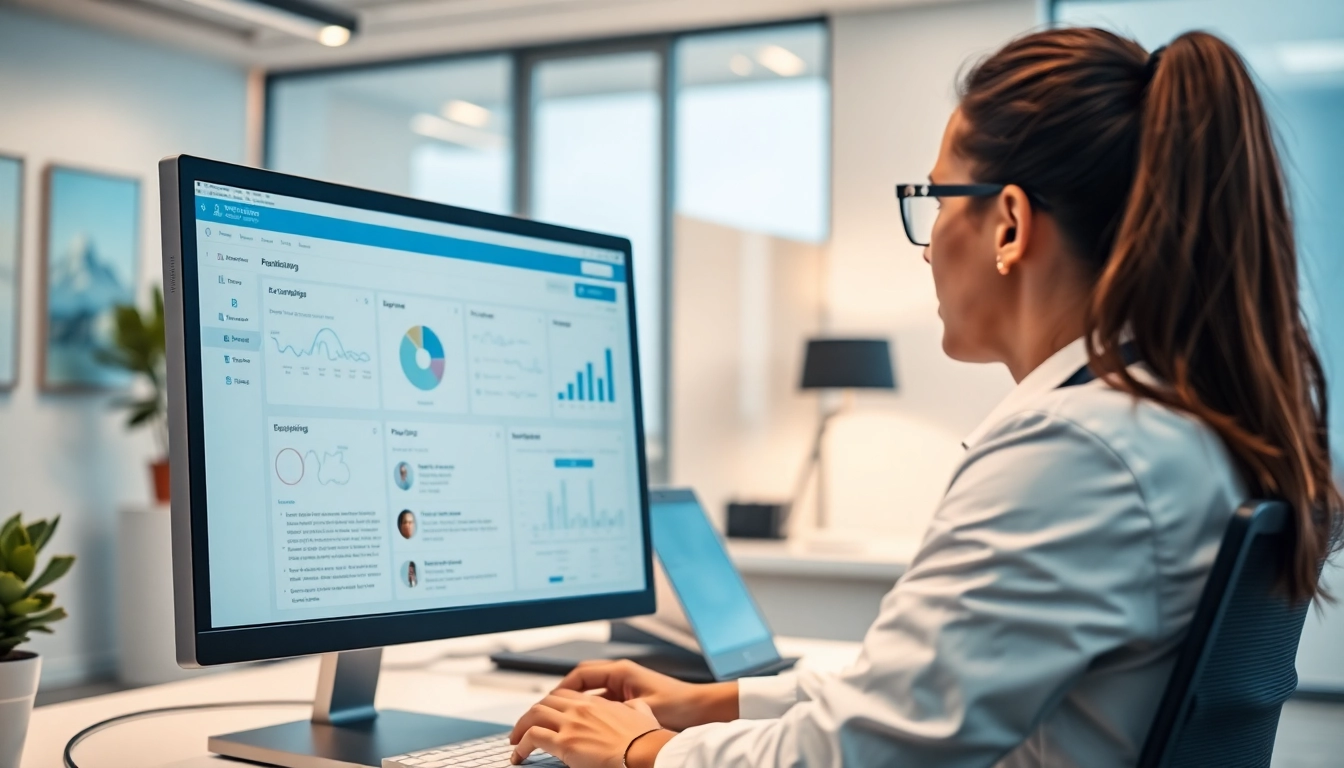Understanding Top Rated Prescription Applications
Definition and Importance
Prescription applications have emerged as essential tools in the modern healthcare landscape, facilitating the management of medications for both patients and healthcare providers. These digital platforms allow users to track prescriptions, receive reminders, and even communicate with healthcare professionals about their medications. The importance of these applications cannot be overstated, as they contribute significantly to enhancing patient compliance, improving medication management, and ultimately leading to better health outcomes. With the rise of telehealth and digital health solutions, utilizing top rated prescription applications is a strategic move toward streamlined healthcare delivery.
Characteristics of Effective Applications
Effective prescription applications share several key characteristics. Firstly, they must have a user-friendly interface that makes navigation easy for individuals of all ages and tech-savviness. Secondly, they should provide comprehensive medication databases to ensure that patients and prescribers have access to up-to-date drug information. Furthermore, robust security measures are essential to protect sensitive health data. Lastly, top-rated applications should offer features such as medication reminders, refill alerts, and the ability to contact healthcare providers directly for consultations.
How They Improve Patient Outcomes
The effectiveness of prescription applications in improving patient outcomes is well-documented. By providing timely reminders for medication intake, these applications help prevent missed doses, which can lead to medication non-adherence. Studies have shown that patients using prescription apps experience better health management outcomes, reduced hospital admissions, and overall increased satisfaction with their care. Additionally, seamless integration with healthcare providers can aid in monitoring and adjusting medications based on real-time data collected through the applications.
Key Features of Top Rated Prescription Applications
User-Friendly Interface
A user-friendly interface is crucial for any application aimed at enhancing patient engagement in medication management. A well-designed application should minimize complexity, making it easy for users to input their medication information, check dosages, and receive alerts without unnecessary complications. In addition, intuitive design elements like clear buttons, easy navigation paths, and accessible support information can significantly boost user satisfaction.
Medication Reminders and Alerts
One of the standout features of top-rated prescription applications is their ability to send medication reminders and alerts. These functionalities help users stay on track with their medication schedules. Users can customize reminders based on their preferences, whether they want to receive notifications via push alerts, emails, or SMS messages. The customizable nature of these alerts ensures that users can adhere to their daily routines while maintaining their medication regimens effectively.
Integration with Healthcare Providers
Integration with healthcare providers is an invaluable feature that differentiates leading prescription applications from the rest. By allowing for direct communication between patients and their providers, these applications foster a collaborative approach to medication management. This integration enables healthcare professionals to monitor patient adherence, adjust prescriptions as needed, and provide guidance in real time, ultimately enhancing the safety and effectiveness of treatment plans.
Best Practices for Utilizing Top Rated Prescription Applications
How to Choose the Right Application
Selecting the right prescription application can significantly influence its effectiveness. Users should consider several factors when choosing an app, including ease of use, security features, and the availability of essential functionalities. Checking for compatibility with various devices is also pivotal. It’s advisable to review user ratings and feedback to gauge reliability and performance.
Maximizing Functionalities for Optimal Use
To derive maximum benefit from prescription applications, users should take full advantage of all available functionalities. This includes setting up medication reminders, tracking side effects, and utilizing any educational materials provided within the app. Users should also regularly review and update their medication lists to ensure accuracy. Engaging with all features optimally will enhance the overall user experience and promote better health management.
User Education and Support
Effective user education and support are essential for ensuring that patients can utilize prescription applications to their full potential. Developers should provide thorough user manuals, FAQs, and responsive customer support. Educational content may include tutorials on how to navigate the application, best practices for medication adherence, and information on understanding medications prescribed. Engaging users with periodic training sessions can further enhance their proficiency with the application.
Case Studies: Success Stories with Top Rated Prescription Applications
Real-life Examples of Improved Compliance
Several studies and patient stories highlight the effectiveness of prescription applications in improving medication compliance. For instance, a group of diabetic patients using a specific medication reminder app reported a 40% increase in adherence compared to their previous practices. By leveraging push notifications, educational content, and tracking features, patients found it easier to stick to their routines, resulting in better glucose management.
Quantifying Benefits for Patients and Providers
The quantifiable benefits of prescription applications extend to both patients and healthcare providers. Research has indicated that healthcare organizations adopting these applications can reduce prescription errors and minimize adverse drug events by as much as 30%. Furthermore, patients demonstrate higher satisfaction levels and improved health outcomes, such as lower hospitalization rates and enhanced quality of life. These benefits not only improve individual patient experiences but also enhance overall system efficiency.
Feedback and User Experience Insights
Analyzing feedback from users provides valuable insights into the performance of prescription applications. Most users report satisfaction with apps that are intuitive, secure, and responsive. Users frequently appreciate features such as medication tracking, easy refill requests, and education about their conditions and medications. Additionally, continuous feedback loops can guide app developers in improving functionalities and addressing areas that require enhancement.
Future Trends in Prescription Management Applications
AI and Machine Learning Innovations
The future of prescription management applications is likely to be heavily influenced by artificial intelligence (AI) and machine learning. These technologies can analyze user behavior and medication adherence patterns to provide personalized recommendations and interventions. For example, using predictive analytics, applications could identify patients at risk of non-adherence and prompt interventions to prevent lapses in medication compliance, thereby improving health outcomes.
Customization for Personal Health Needs
Customization is another growing trend in prescription management applications. Providers increasingly recognize that a one-size-fits-all approach does not work in medication management. Future applications will likely incorporate customizable features that allow users to tailor interfaces, notifications, and educational resources according to their health needs and personal preferences, fostering better user engagement and adherence.
Integrating Emerging Technologies for Enhanced Functionality
Emerging technologies, such as blockchain for data security and interoperability, augmented reality for educational purposes, and IoT for real-time tracking of medication usage, are poised to enhance the functionality of prescription applications. As these technologies mature, they are expected to offer users more comprehensive solutions that cater to complex health needs, further improving medication management and ensuring higher patient engagement and compliance.




